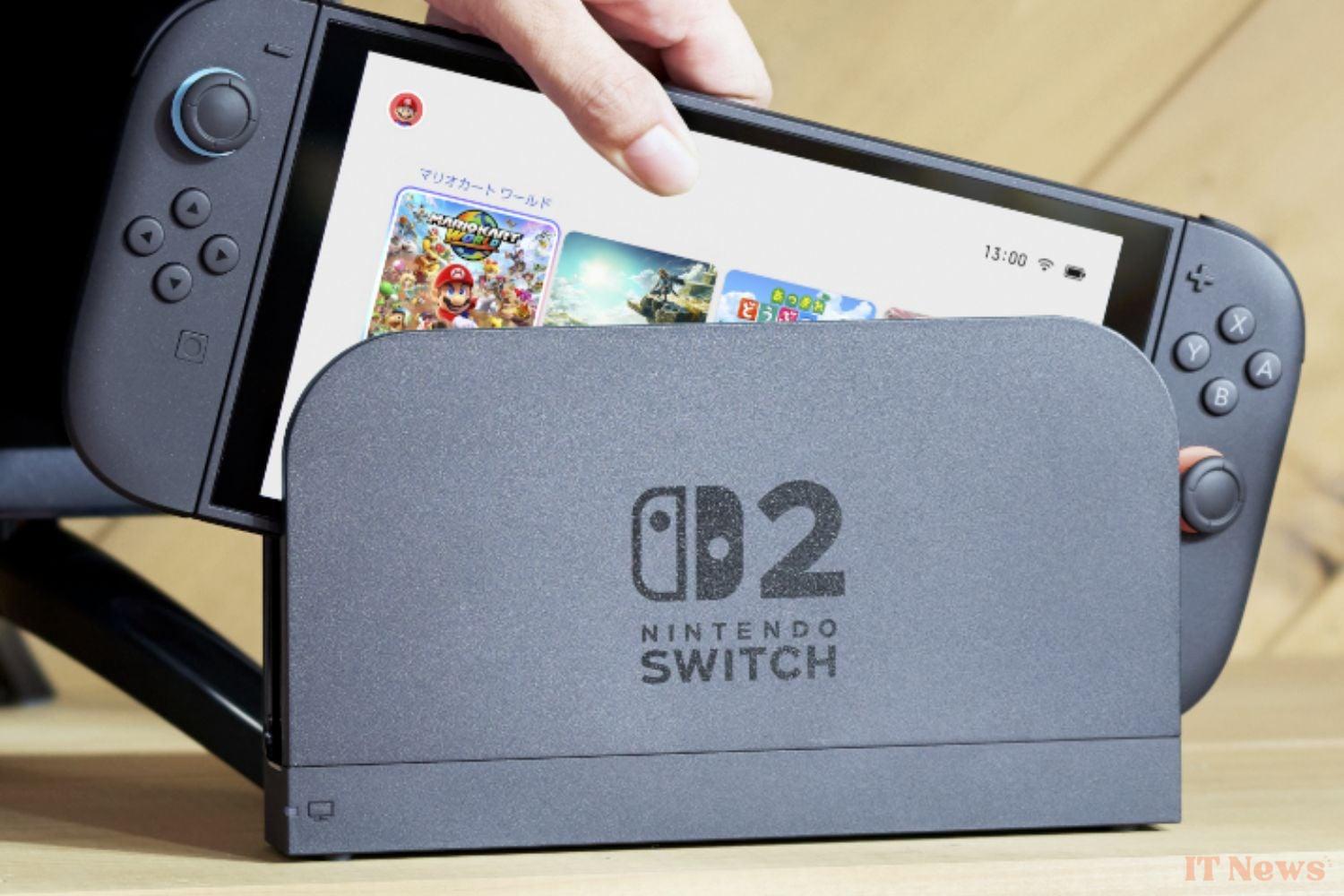With the arrival of the Switch 2, Nintendo is making a radical choice: turning the page on previous models. We have just learned that the docking station supplied with the new console will not recognize the 2017 Switch, nor the Lite (obviously), nor even the recent OLED version. This confirmation comes from several official sources, including Nintendo's Japanese website and European customer support.
Although most games will be backward compatible with the Switch 2, this will not be the case on the hardware side. The reasons are mainly technical, according to the manufacturer. The Switch 2 ditches the legacy USB 2.0 standard for USB 3.2 Gen 1, increasing bandwidth tenfold and paving the way for 2025-worthy performance: 4K display at 60Hz, variable refresh rate (VRR), and video signal stability that the legacy infrastructure simply couldn't support.
The dock also comes with an Ultra High Speed HDMI 2.1 cable, capable of reaching 48Gbps, where previous cables capped at 18Gbps. Result: users will have to say goodbye to their old cables and adapters if they want to take full advantage of the new machine. Even the traditional AC adapter (39 W) is no longer sufficient for use in TV mode, and is now only used for portable charging.
A deliberate break
We remember the release of the Nintendo Switch OLED. The console came with a brand new dock, with a refined design and new features. The brand new Ethernet port particularly caught our eye. At that time, not so long ago, it was possible to buy this new dock, also available in white, for the modest sum of 69.99 euros. The question of compatibility with the classic Switch did not arise, even in view of the modifications made to the accessory.
With its Switch 2, Nintendo wants to mark a real turning point without committing to real innovations. That one generation does not encroach on the previous one seems logical. But in this case, why design a console that could be confused with the one released 8 years ago? Why use the exact same controller system? Why not offer something radically different?
Not all aspects of incompatibility between the Switch 1 and the Switch 2 are due to a profound technological gap, but they are all intentionally brought in by Nintendo to leave players no choice and prevent them from having a custom setup, straddling two generations. It's either one or the other. Nintendo is making a bet: that of the optimal user experience. The Switch 2 will not be restricted to accommodate the accessories of the past; It will be designed to make the most of modern standards.



0 Comments